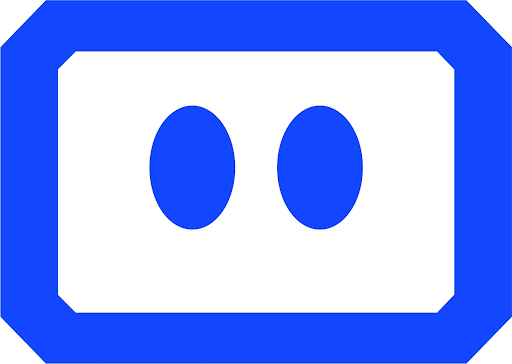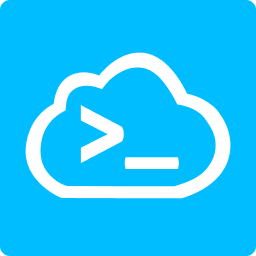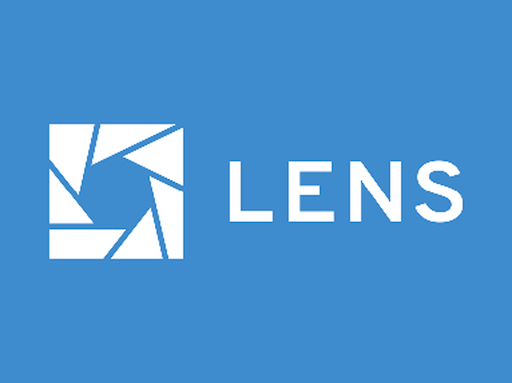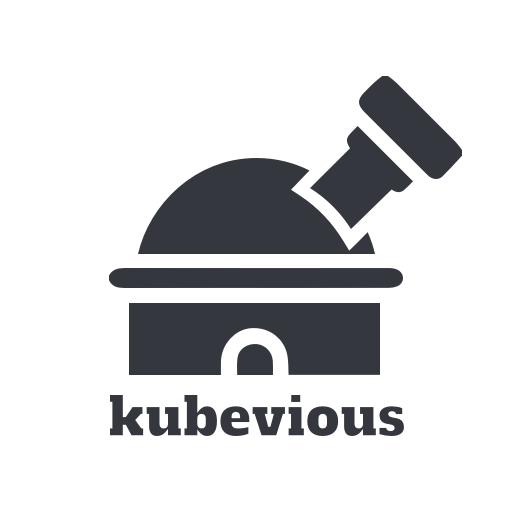
Making Kubernetes Usable: Kubernetes Dashboard Options
Kubernetes (often referred to as “K8s”) is an open-source container orchestration system for automating the deployment, scaling, and management of containerized applications. It was originally developed by Google and is now maintained by the Cloud Native Computing Foundation (CNCF).
What Is Kubernetes?
Kubernetes provides a platform-agnostic way to manage and scale containerized applications, making it easier to run and manage applications in a distributed environment. It is widely used in the industry for container orchestration. Some of the main features of Kubernetes include:
- Automated container deployment, scaling, and management: Kubernetes automates the process of deploying, scaling, and managing containerized applications, making it easier to run and manage applications in a distributed environment.
- Service discovery and load balancing: Kubernetes provides built-in service discovery and load balancing, allowing applications to automatically discover and communicate with each other.
- Automatic storage provisioning: Kubernetes can automatically provision and manage storage for containerized applications, including local and external storage options.
- Self-healing: Kubernetes can automatically detect and recover from failures, ensuring that applications remain available and running.
- Automatic rollouts and rollbacks: Kubernetes can automatically roll out and roll back updates to containerized applications, making it easier to manage and maintain applications.
- Horizontal scaling: Kubernetes can automatically scale up or down the number of replicas of a containerized application in response to changing demand.
- Namespaces: Kubernetes allows for the organization of resources within a cluster by creating multiple virtual clusters backed by the same physical cluster.
- Pluggable architecture: Kubernetes allows the use of various cloud providers or on-premise infrastructure and allows for customization of the control plane and the container runtime.

Why Is Kubernetes Difficult to Use?
Kubernetes is a powerful and flexible tool for managing containerized applications, but it can also be complex and difficult to use. Some reasons why Kubernetes can be difficult to use include:
- Steep learning curve: Kubernetes has many features and concepts that need to be understood in order to use the system effectively. This can make it difficult for new users to get started and become proficient with the tool.
- Complex architecture: Kubernetes has a complex architecture that includes multiple components such as the API server, etc, and kubelet (the primary node agent that runs on each node). Understanding how these components interact and how to troubleshoot issues can be difficult.
- Distributed nature: Kubernetes is designed to run containerized applications in a distributed environment, which can add complexity and make it more difficult to understand and troubleshoot issues.
- Configuration management: Kubernetes uses many configuration files that must be managed properly and remain in sync. When changes are made, it’s important to understand the impact of those changes and how they will affect the overall system.
- Cluster provisioning: Setting up and maintaining a Kubernetes cluster can be a complex process, especially for those unfamiliar with the underlying infrastructure.
Despite these challenges, Kubernetes has become a widely adopted tool, and many organizations have found it valuable for managing containerized applications at scale. There are many resources available to help users learn and become proficient with Kubernetes, including documentation, tutorials, and training courses.
What Is the Kubernetes Dashboard?
The Kubernetes Dashboard is a web-based user interface for Kubernetes clusters. It provides an easy way to manage and troubleshoot the applications and resources running on a cluster. Kubernetes dashboard functionality includes the ability to view and manage resources such as pods, services, and deployments, as well as perform tasks such as scaling and rolling out updates. It also provides access to the logs and events of the resources and gives an overall status of the cluster.
The Kubernetes Dashboard can be used to:
- View the overall health of the cluster and the resources running on it
- View and manage pods, services, and deployments
- View and manage persistent volumes and storage classes
- View and manage secrets and config maps
- View and manage network policies
- View and manage roles and role bindings
- View and manage custom resource definitions
- View and search logs and events of the resources
The Kubernetes Dashboard can be easily installed and accessed via a web browser, and it does not require command-line tools or complex configurations. It is a useful tool for developers, system administrators, and cluster operators who want to easily manage and troubleshoot their Kubernetes clusters.
Kubernetes Dashboard Alternatives
Kubernetes Dashboard is a web-based UI for managing and troubleshooting Kubernetes clusters, but some users may prefer alternatives that offer more features, customizability, integrations, ease of use, and security. Some examples of alternatives include:
Komodor

GitHub: https://github.com/komodorio
License: Commercial
Komodor is an end-to-end platform for Kubernetes operations that provides advanced tools to support Dev and Ops teams. It offers automated playbooks for all Kubernetes resources and static-prevention monitors to enrich live and historical data with contextual insights.
Komodor can help accelerate response times and reduce MTTR to ensure teams resolve issues efficiently and quickly. Here are the main features:
- A unified dashboard: Komodo’s dashboard provides access to multiple clusters or namespaces and resources-related information.
- A cross-clusters events screen: This view helps correlate multiple changes and provides information on how changes affect each other.
- A comparison view: This functionality lets you compare various resources on multiple clusters or namespaces.
- Proactive monitoring: Komodor proactively monitors cluster health issues.
- Contextualized insights: Komodor displays errors, explanations, and suggestions alongside the relevant context to provide teams with the information needed to troubleshoot and resolve the issues.
DevSpace

GitHub: https://github.com/loft-sh/devspace
License: Apache License 2.0
DevSpace is an open-source command-line tool that allows developers to develop and deploy their applications on Kubernetes clusters. It aims to simplify the development process by providing a workflow that allows developers to iterate quickly and easily test their changes in a Kubernetes environment.
DevSpace allows developers to run their code directly on the cluster, eliminating the need for local setup and reducing feedback loops. It also allows for easy debugging and testing by providing a simple way to access the application’s logs, shell, and live-reload functionality.
DevSpace also provides a simple way to deploy applications to Kubernetes clusters, with the ability to automate tasks such as building and pushing container images and updating the application on the cluster. It is designed to work with any Kubernetes cluster and any programming language, making it a versatile tool for developers to use in their workflow.
Lens

GitHub: https://github.com/lensapp/lens
License: MIT license
Lens is an open-source Kubernetes IDE (Integrated Development Environment) that allows users to manage and troubleshoot their Kubernetes clusters in a more user-friendly and efficient way. It provides a rich graphical user interface that allows users to visualize and manage their clusters and the resources running on them.
Some of the features of Lens include:
- Multi-cluster management: Lens allows users to manage multiple Kubernetes clusters from a single interface.
- Resource visualization: Lens provides a rich visual representation of the resources running on a cluster, making it easy to understand the overall health and status of a cluster.
- Context switching: Lens allows users to easily switch between different clusters and namespaces, making it easy to manage multiple environments.
- Advanced filtering and searching: Lens allows users to filter and search for resources based on various criteria, making it easy to find and troubleshoot specific resources.
- Role-based access control: Lens provides role-based access control, allowing users to restrict access to specific resources based on their role.
- Plugins: Lens allows users to install and use plugins, which can add additional functionality and integration with other tools.
Kubevious

GitHub: https://github.com/kubevious/kubevious
License: Apache License 2.0
Kubevious is an open-source Kubernetes observability platform that provides a visual representation of a Kubernetes cluster, including the resources and their relationships. It allows users to understand the overall structure of their cluster and identify issues or misconfigurations.
Some of the features of Kubevious include:
- Cluster visualization: Kubevious provides a visual representation of a cluster, including the resources and their relationships, which makes it easy to understand the overall structure of the cluster.
- Resource analysis: Kubevious provides detailed information about resources and their configurations, which helps users identify issues or misconfigurations.
- Health checks: Kubevious performs health checks on the cluster and resources, which helps users identify potential issues.
- Search and filter: Kubevious allows users to search and filter resources based on various criteria, making it easy to find and troubleshoot specific resources.
- Compliance: Kubevious allows users to check their cluster against predefined compliance rules, which helps users ensure that their cluster is configured according to best practices.
- Reports: Kubevious generates reports that provide an overview of the cluster’s state and history, which can be useful for troubleshooting and compliance purposes.
Conclusion
In conclusion, Kubernetes is a powerful and flexible tool for managing containerized applications, but it can also be complex and difficult to use. The Kubernetes Dashboard is a built-in tool that provides a web-based user interface for managing and troubleshooting Kubernetes clusters, but it may not be the best option for every user.
There are many alternatives available such as Komodor, DevSpace, Lens, and Kubevious, which offer more features, customizability, integrations, ease of use, and security. These alternatives can better suit specific use cases and requirements and provide more granular access controls, advanced filtering and searching capabilities, improved visualization, third-party integrations, and compliance checks.
Inner Graphic Credit: Provided by the Author; From the Product sites; Thank you!
Inner Image Credit: Provided by the Author; vecteezy.com; Thank you!
Featured Image Credit: Photo by Fauxels; Pexels; Thank you!





